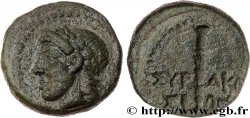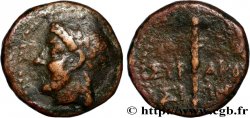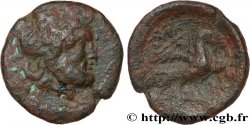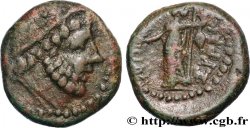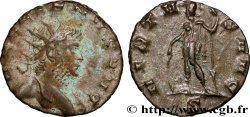E-auction 357-270217 - bgr_570419 - SICILY - SYRACUSE Litra
You must signin and be an approved bidder to bid, LOGIN TO BID. Accounts are subject to approval and the approval process takes place within 48 hours. Do not wait until the day a sale closes to register. Clicking on « bid » constitutes acceptance of the terms of use of cgb.fr private e-auctions.
Bids must be placed in whole Euro amounts only. The sale will start closing at the time stated on the item description; any bids received at the site after the closing time will not be executed. Transmission times may vary and bids could be rejected if you wait until the last second. For further information ckeck the E-auctions F.A.Q.
NO BUYER'S FEE.
NO BUYER'S FEE.
| Estimate : | 100 € |
| Price : | 26 € |
| Maximum bid : | 38 € |
| End of the sale : | 17 February 2020 14:01:00 |
| bidders : | 6 bidders |
Type : Litra
Date: c. après 212 AC.
Mint name / Town : Syracuse, Sicile
Metal : bronze
Diameter : 19 mm
Orientation dies : 12 h.
Weight : 7,46 g.
Rarity : R2
Coments on the condition:
Exemplaire sur un petit flan ovale et épais court sur la légende à l’usure importante, identifiable
Catalogue references :
Obverse
Obverse legend : ANÉPIGRAPHE.
Obverse description : Tête de Koré (Perséphone) à gauche, couronnée d’épis, les cheveux longs tombant sur la nuque.
Reverse
Reverse description : Déméter voilée et drapée debout à gauche , tenant une torche allumée de la main droite et un long sceptre de la main gauche.
Reverse legend : [SURAK-OSIWN]
Reverse translation : (de Syracuse).
Commentary
Pour O. Hoover, ce type serait fabriqué au Ier siècle avant J.-C. Droit et revers rappellent le côté agraire de la Sicile qui fut le premier grenier de Rome avant l’Afrique et l’Égypte.
For O. Hoover, this type would be made in the 1st century BC. Right and reverse recall the agrarian side of Sicily which was the first granary of Rome before Africa and Egypt
For O. Hoover, this type would be made in the 1st century BC. Right and reverse recall the agrarian side of Sicily which was the first granary of Rome before Africa and Egypt







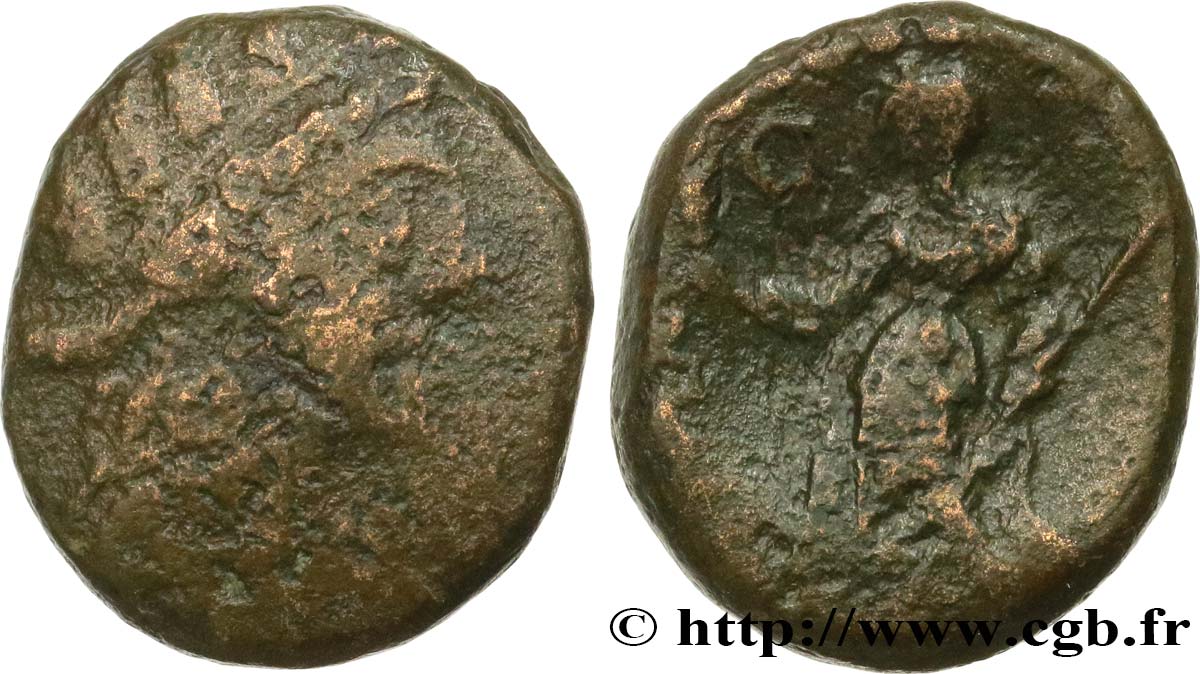
 Report a mistake
Report a mistake Print the page
Print the page Share my selection
Share my selection Ask a question
Ask a question Consign / sell
Consign / sell
 Full data
Full data